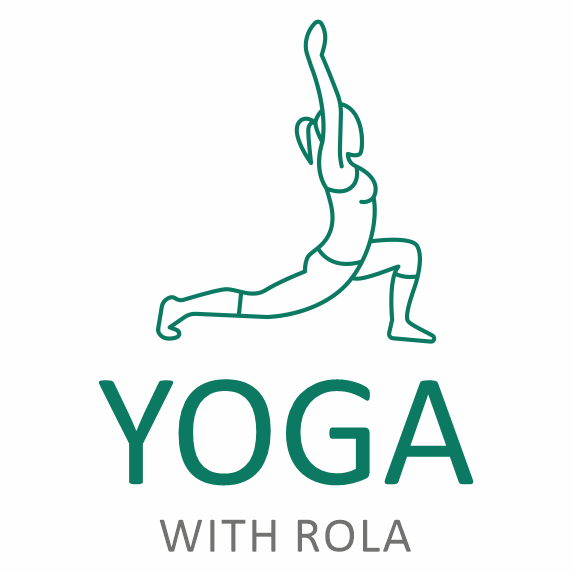While yoga in the West is mostly associated with physical postures and hyperflexible Instagram-promoted bodies, this ancient practice, believed to have originated around 5,000 years ago, is traditionally based on a moral code and outlines the path toward “enlightenment.” However, interest in the spiritual dimension of yoga is a pathway to overall well-being is growing, especially during pandemic times. At the same time, Stoicism a spiritual practice dating back to 301 BC, is also re-emerging as a pathway to personal happiness and emotional resiliency. This begs the question: Is there a connection between yoga, associated with eastern philosophy, and Stoic thought rooted in Greco-Roman tradition? And why is this relevant today?
Yoga and Buddhism
Patanjali‘s Yoga Sutra, an ancient text that is widely referred to as the basis of the practice, outlines the eight “ashtanga” (Sanskrit for limbs) of yoga, with “sutras” (Sanskrit for threads) offering guidelines for living a meaningful life. Asana or physical postures is only one of the eight limbs, a reminder that in its origin, yoga was thought of, first and foremost, as a spiritual practice.
The Buddha’s eightfold path leading to the cessation of suffering and Patanjali’s classical eightfold limbs were taking shape simultaneously in ancient India. Despite some key differences (for example compared to Buddhism, yoga is more theistic and part of the Hindu or orthodox school of Indian philosophy), yoga and Buddhism are considered sister traditions; the Dalai Lama calls them “twin brothers”. They follow many of the same principles including an emphasis on ethical values such as non-attachment, non-stealing, and non-harming. Both also seek to reduce suffering through cultivating a higher consciousness and reaching a form of transcendence.
Similarities with Stoicism
A review of Stoicism shows some important communalities with yoga and Buddhism, traditions that were created independently thousands of miles apart.
One of the guiding principles of Stoicism is of being indifferent to both pain and pleasure. Stoicism advises against being ruled and enslaved by desire. Marcus Aurelius, one of the last Roman Stoics, wrote, “Nature has not willed that my unhppiness should depend on another. The Greek Stoic philosopher Epictetus says, “Men are disturbed not by events but by their opinion about even.” This way of thinking is very similar to Buddhism, which places great emphasis on the concept of impermanence and the transitory nature of existence. Buddhist believe our attachment to worldly things is the source of much of human suffering.
Both Stoicism and Buddhism encourage finding joy in the present. Buddhist mindfulness mantras, such as “let go”, are often used in yoga classes to encourage practitioners to focus on the present. Marcus Aurelius says, “Every hour focus your mind attentively…on the performance of the task in hand, with dignity, human sympathy, benevolence and freedom, and leave aside all other thoughts. You will achieve this, if you perform each action as if it were your last.”
In addition, both philosophies encourage living in harmony with nature and accepting all of the things that happen in life. In Stoicism, this is also best expressed by the concept of “amor fati” or loving one’s fate. In Buddhism, the concept of acceptance is being open to the actual feelings one is having in the moment-to-moment experience of life and being willing to just feel that without getting overwhelmed by the sensation.
While differences exist, a wider-lens view of both of these systems of thought shows important similarities in their understanding of wellbeing, based on a common belief that humans are inherently disposed toward goodness and wisdom.
Modern relevance
Modern cognitive therapy and many new-age self-help books offer guidelines related to these ancient principles — including accepting the moment as it is, pausing instead of reacting to a situation, and changing perspectives and thoughts to gain independence from the circumstances and become more emotionally centered.
As the pandemic continues to affect our lives, bringing words like contact tracing, PPE, social distancing and isolation to everyday conversation, taking this time to explore ancient principles presented by Buddhism and Stoicism can help re-engage with the world differently — with a certain amount of humility, detachment, self-refection and self-compassion, helping navigate life more mindfully, one moment at a time.



Add a Comment